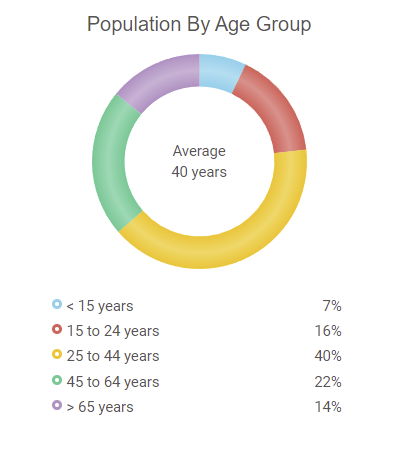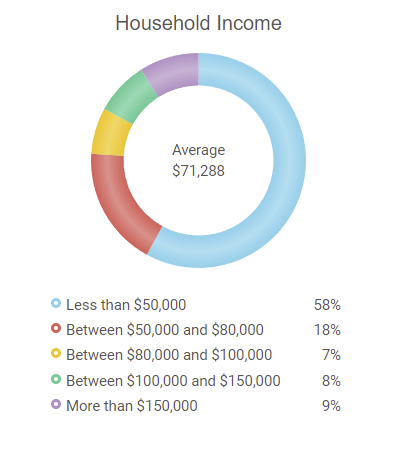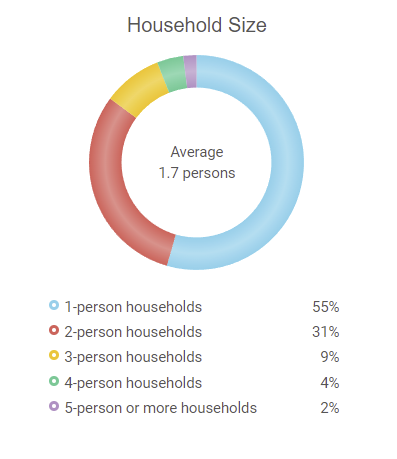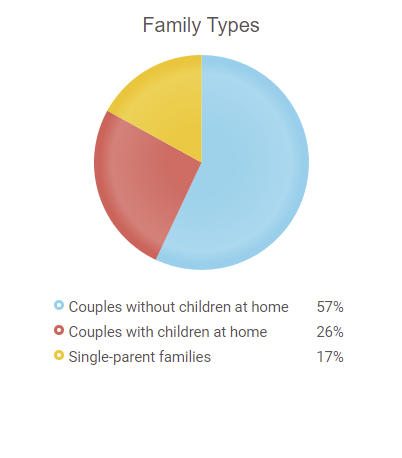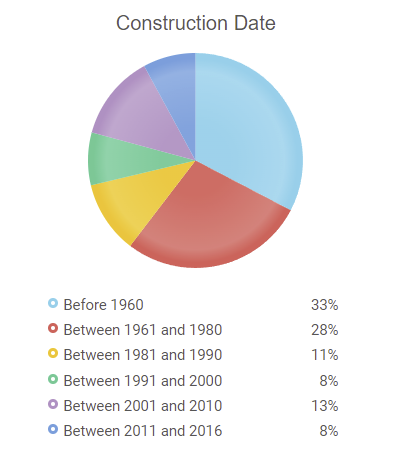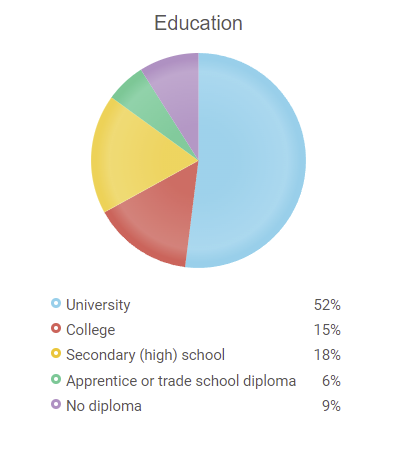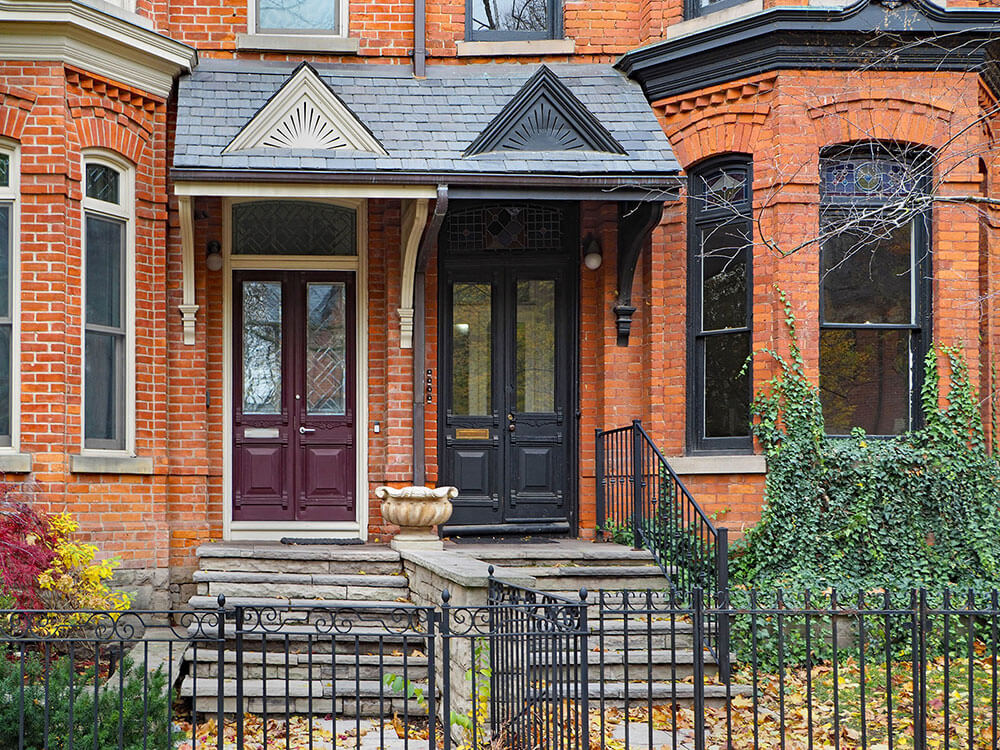
City Center
Our City Center community consists of all centrally located neighborhoods on the Island of Montreal, roughly spanning from Highway 13 to Boul. Papineau. They can be found within the following borders. Boroughs bordering the West Island on the Western side, including Montreal West, Côte Saint-Luc and Ville Saint-Laurent. Rivière des Prairies boroughs on the Northern side such as Bois-Franc, Nouveau-Bordeaux, Cartierville and Ahuntsic. Boroughs of Villeray, The Plateau and The Village on the Eastern side. And the boroughs bordering the St-Lawrence River on the South side, including Lachine, Verdun, Griffintown and Old Montreal.
From the vibrant lifestyle on the Plateau to Luxury homes in residential Westmount, TMR, Hampstead and Outremont, to the old charm of NDG, up-and-coming areas like the Sud Ouest, to the shopping and business districts of Ville-Marie, to popular student centers, central Montreal has an emblematic neighborhood for everyone.
Working with our team of local experts, you will benefit from the finest guidance based on your specific lifestyle needs when looking to purchase or invest on the Island and from seasoned experience and measurable results when looking to sell.
| Population (2016) | 87,168 |
| Variation in population between 2011 and 2016 | 6% |
| Population density | 6,414 hab/km2 |
| Unemployment rate (2016) | 10% |

Detailed Statistics per Property Category



** Insufficient number of transactions to produce reliable statistics
The statistical data presented on this page provide an overall picture of the real estate market in a given area, but are not a reflection of each individual property. To obtain an estimate of your property’s market value, contact a real estate broker. Their training and advanced tools enable them to perform a comparative market analysis in order to establish a fair price.
Notes:
- The residential total includes single-family homes, condominiums, plexes (2 to 5 units) and hobby farms.
- The rates of change are calculated in relation to the same quarter of the previous year.
- The median sale price is that which divides all transactions into two equal parts: half of all transactions were at a lower price than the median price and the other half were at a higher price.

